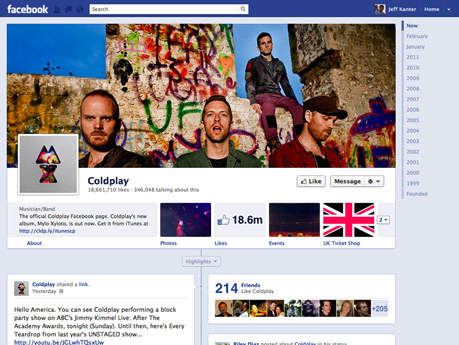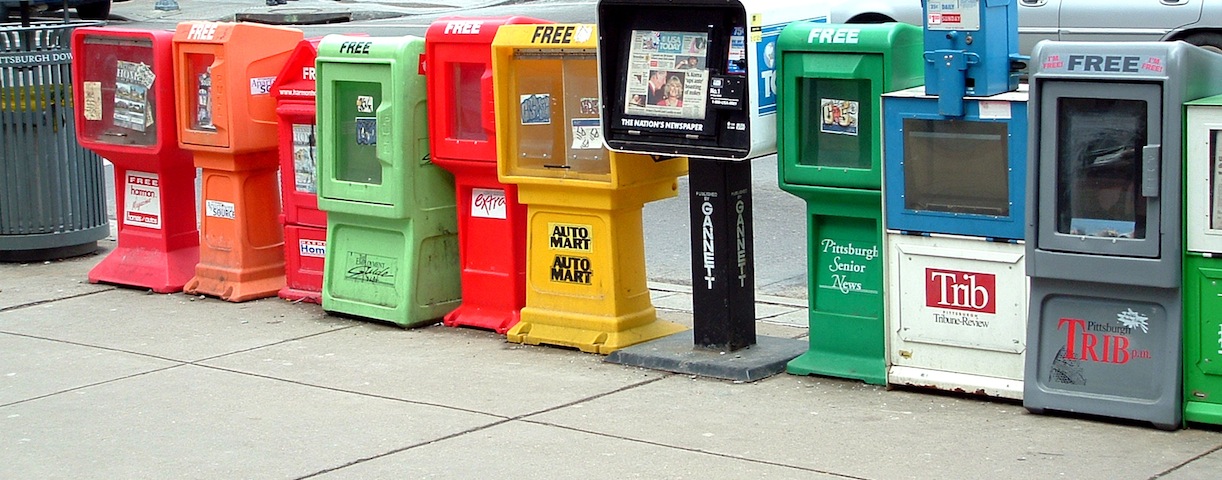The story of Whisper and the betrayal of its users continues to roll on, but the real problem is the way social media services are desperately trying to recreate the dead business model of print advertising.
Whisper’s problems with The Guardian continue as the company tries to salvage its reputation but the irony for the service is that it was trying to shoehorn its business to fit the print publishing model that the internet started to erode twenty years ago.
It’s not just Whisper; almost every social media business from Facebook to Twitter wants to be an advertiser funded publishing company, just like the newspapers of thirty years ago.
A few weeks ago I wrote about LinkedIn’s pretensions of becoming a publishing platform and this week Forbes tells of Pinterest’s adventures at the Cannes advertising festival as it sells its marketing services.
Every social media service has some sort of angle that harks back to the golden age of newspaper publishing where print advertising was a deep river of gold. Most of them want to become publishers themselves.
It would be hard to think of a service less suited to being a media company than Whisper; but then there’s Yelp whose main business of reviewing eating houses and bars seems to be totally at odds with newspapers of yore.
On the Salesforce PayPal Media panel last week, Yelp! Founder Jeremy Stoppelman was asked if he saw the restaurant review site as being a media company, his response was “sure, it’s a blogging platform.”
So we have new media aping the old media business models where these platforms try to lock users into information silos; in the same way that a London Times reader would never buy the Sun.
The problem with that is the internet broke down the geographic barriers and today a Sun reader in London can just easily find celebrity gossip on TMZ and the broadsheet reader might find more thoughtful analysis in the New York Times.
Certainly someone browsing the web for restaurant reviews might find a better site than Yelp while a bride researching wedding dresses could just as easily find ideas on Facebook as much as Pinterest.
In reality, social media sites have nothing of the stickiness of the old fashioned newspapers in the days before the internet.
Of the social media services it might be that Facebook is the best placed to succeed as an old media publishing service with its advertising smarts pushing messages to its diverse and deep user base but that isn’t certain given the widespread user dissatisfaction with its news feed.
For the social media services much of the problem – -particularly for Facebook – lies in their contradictory aims; they are trying to be identity services, buying platforms, publishing services and advertisers.
For publishers that balance between content and advertising was always a delicate one; and one that shifted over time. For online services that balance is far more complex and the future far less certain.
One thing that is clear Is those contradictory aims aren’t going to be easy to reconcile and the quandary may prove to be insurmountable.
What’s clear though are the advertising models of the future are still waiting for a David Sarnoff moment.
Similar posts:



